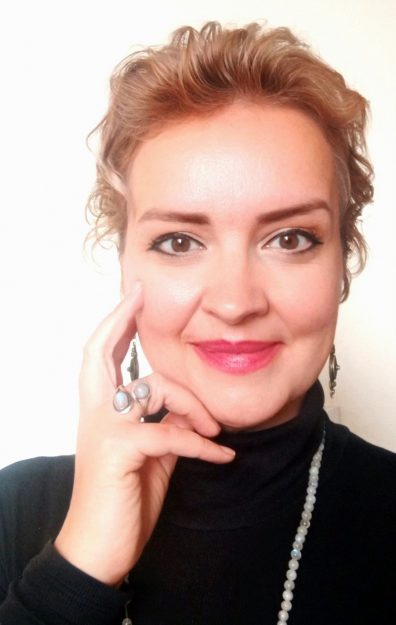Where did you grow up? In a shire in Middle England.
When did you become a Buddhist and why? In 2006, after meeting my first and main Tibetan Buddhist guru in India. I took Buddhist refuge vows from him.
What’s your favorite breakfast on retreat? Fresh coffee (if I can get it!), fruit, and/or whole wheat toast.
What’s your daily practice? On the mat: refuge, bodhicitta, recalling emptiness, mandala/offerings, guru yoga, deities and protector practices. Off the mat: compassion, patience, love, and more compassion!

Favorite aphorism? “All that glitters is not gold.” Closely followed by “Practice what you preach!”
Favorite musician? Too many to choose! When I was a teenager, I loved singing and playing piano, so I particularly like female singer-musicians like Nina Simone or Kate Bush.
Book on your nightstand? The Second Karmapa, Karma Pakshi: Tibetan Mahasiddha by Charles Manson.
What do you like to do in your free time? Meditate, dance, yoga, read, write, listen to music, go for walks in nature, sit outside a café with a magnificent cappuccino and watch the world go by.
Who is your teacher? The ultimate teacher is always the buddhadharma and one’s inner buddhanature, and the relative teacher embodies and reflects that. It’s a cliché, but life experience is the “best” and most honest teacher!
Why is emptiness important for practitioners? Both method (compassion/bliss) and wisdom (the view of emptiness) are considered crucial for attaining full awakening. Practicing the method alone can lead to compassion that is well-meaning but lacks the insight and wisdom to make it genuinely beneficial for others.
♦
Visit tricycle.org to watch Adele Tomlin’s dharma talk on emptiness. See more of Adele’s work here.
Thank you for subscribing to Tricycle! As a nonprofit, we depend on readers like you to keep Buddhist teachings and practices widely available.